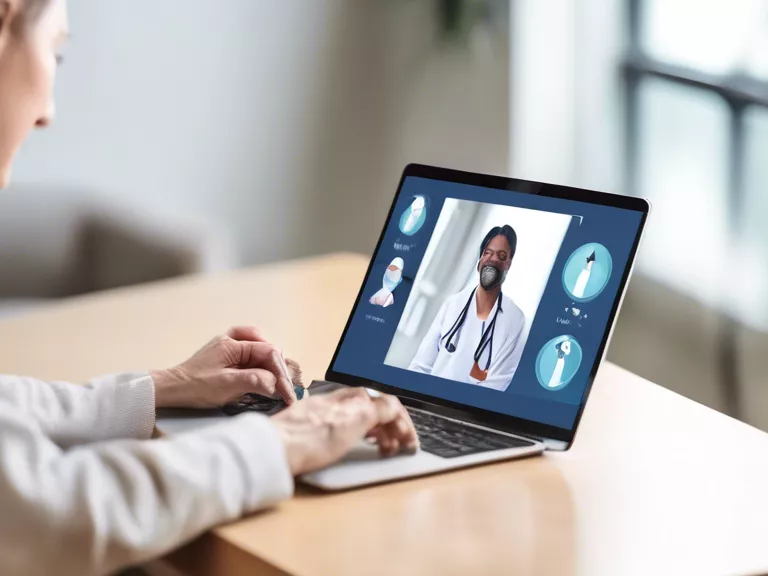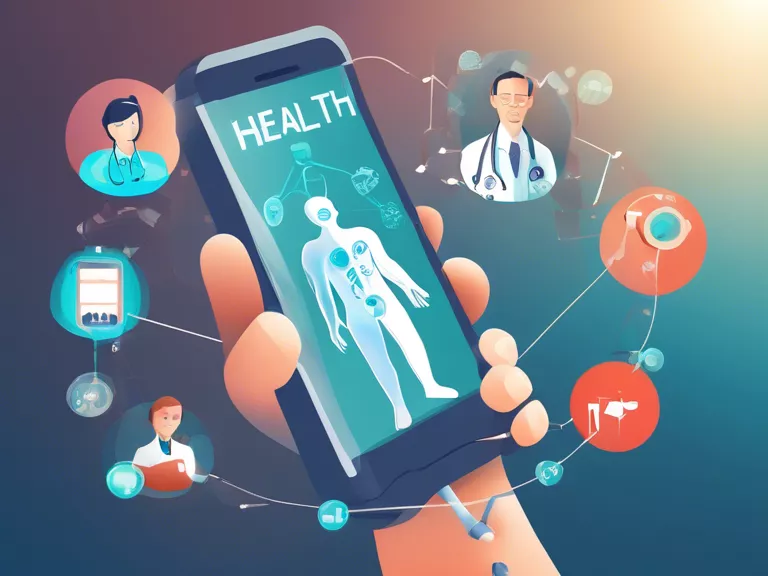
Telemedicine has revolutionized the way healthcare services are delivered, making it more accessible to all individuals regardless of their location or socioeconomic status.
With the advancement of technology, telemedicine provides a convenient and cost-effective way for patients to consult with healthcare providers remotely through video calls, phone calls, or text messages. This has been particularly beneficial for individuals in rural areas or those with limited mobility, allowing them to receive medical advice and treatment without the need to travel long distances to physical healthcare facilities.
Moreover, telemedicine has also made healthcare more affordable for many patients. By eliminating the need for in-person visits, patients can save on travel costs, childcare expenses, and time off work. This has made it easier for individuals with busy schedules or financial constraints to seek medical help when needed.
Another significant impact of telemedicine is its ability to improve healthcare outcomes. By enabling patients to communicate with healthcare providers more frequently and conveniently, telemedicine has the potential to enhance patient engagement and adherence to treatment plans. This ultimately leads to better management of chronic conditions, timely intervention in emergencies, and overall improved health outcomes.
Furthermore, telemedicine has played a crucial role during the ongoing COVID-19 pandemic by reducing the risk of exposure to the virus and minimizing the burden on healthcare facilities. Many healthcare providers quickly adopted telemedicine to continue providing care to patients while adhering to social distancing guidelines.
In conclusion, telemedicine has had a profound impact on making healthcare more accessible to all individuals, regardless of their circumstances. By leveraging technology to connect patients with healthcare providers remotely, telemedicine has removed barriers to access and improved the overall quality of care for patients worldwide.



